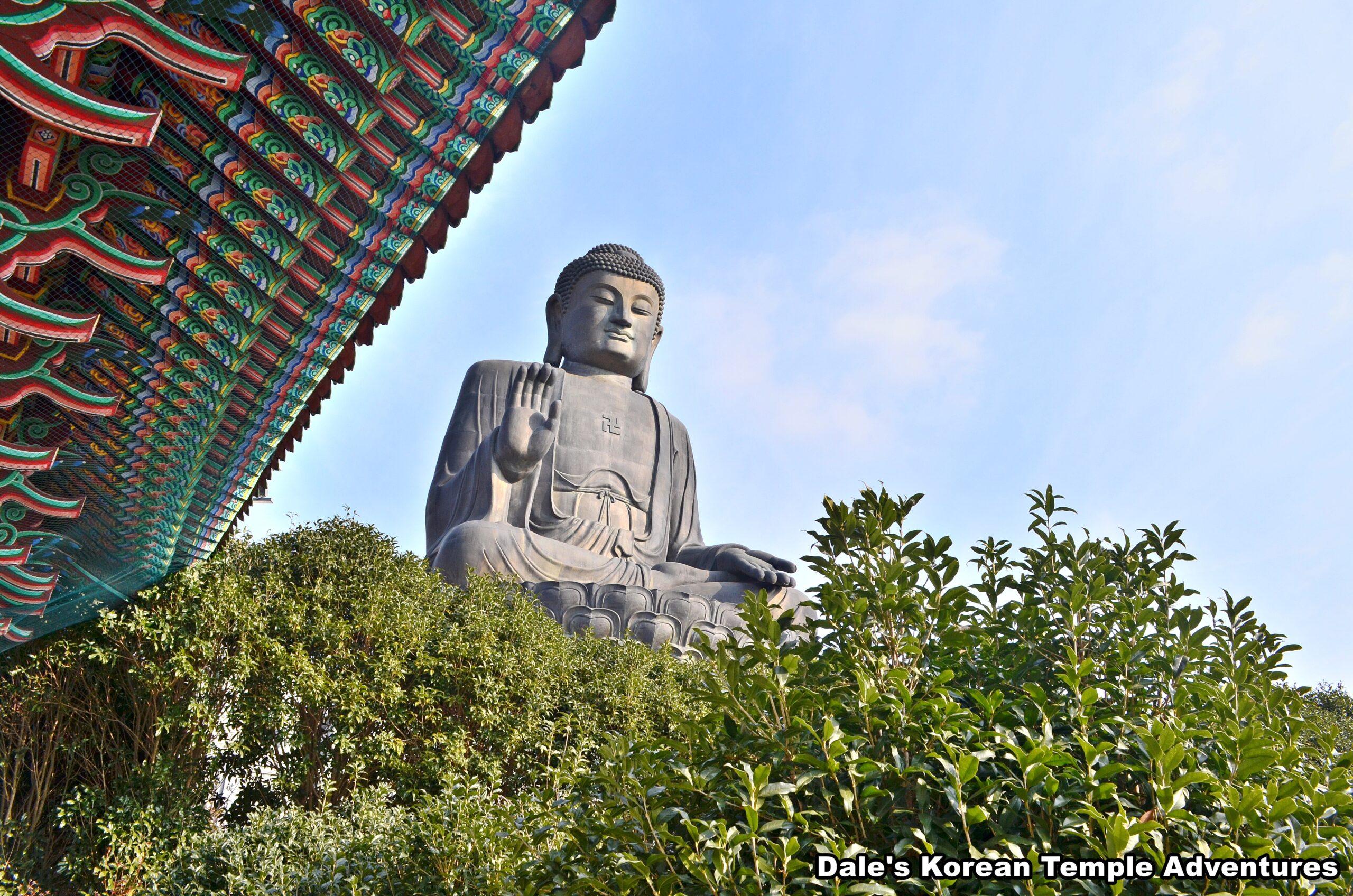
Temple History
Located in Gangjin, Jeollanam-do, and surrounded by farms, the name Nammireuksa Temple means “South Future Buddha Temple” in English. First founded in 1980 by the monk Seok Heung, the temple doesn’t belong to any of the three prominent Buddhist Orders in Korea; namely, Jogye, Cheontae, or Taego. Instead, it belongs to the Saegye Buddhist Order. This order is so small, in fact, that it isn’t even officially recognized by the Korean government. The sect seems to have been established in the late 20th century as a breakaway from the predominant Jogye-jong Order.
Temple Layout
The temple grounds are broken up into three main temple courtyards that are, rather uniquely, interspersed among some of the local private dwellings. In total, there is a southern, eastern, and northern temple courtyard at Nammireuksa Temple. The first of the three, as you approach from the temple parking lot, is the eastern courtyard. This is also the temple courtyard that houses the main hall on the sprawling temple grounds.
Eastern Courtyard
Leading up the trail that guides you towards the eastern temple courtyard, you’ll notice stone statues of the Nahan (The Historical Disciples of the Buddha) lining the trail intermingled with the shrubbery and the trees. Emerging on the other side of the trail, and now entering the eastern courtyard, you’ll notice the Daeung-jeon Hall straight ahead of you. The exterior walls to this hall are adorned with the Shimu-do (The Ox-Herding Murals). Stepping inside the Daeung-jeon Hall, you’ll notice a golden triad of statues resting in the centre of the main altar. In the centre of this triad rests Seokgamoni-bul (The Historical Buddha), who is joined on either side by Bohyeon-bosal (The Bodhisattva of Power) and Munsu-bosal (The Bodhisattva of Wisdom). To the right of the main altar, and hanging on the far right wall is a golden relief of a Shinjung Taenghwa (Guardian Mural). And between this relief and the main altar, and still to the right, is a large picture of the founding monk at Nammireuksa Temple. And to the left of the main altar is an Indian-inspired multi-armed and headed Gwanseeum-bosal (The Bodhisattva of Compassion) statue. And to the left of this statue are a collection of statuettes dedicated to various Buddhas and Bodhisattvas including four jade statues and a pensive Mireuk-bul (The Future Buddha) statue. The entire interior of the Daeung-jeon Hall is lined with Palsang-do (The Eight Scenes from the Buddha’s Life Murals).
Out in front of the Daeung-jeon Hall in the eastern courtyard are a pair of stone pagodas. The first, and the one closest to the Daeung-jeon Hall, is a simple three-story pagoda with a large finial. Slightly to the right, and a little further out, is the thirteen-story pagoda. The base of this pagoda has four Buddhas surrounding it; and rather beautifully, the roof to each story of the pagoda is carved like a traditional temple roof tile. To the left of these stone pagodas is the two-in-one Jong-ru Pavilion/Cheongwangmun Gate. The first story of this structure acts as the Cheonwangmun Gate dedicated to the Four Heavenly Kings, while the second story of this structure houses the four traditional Buddhist percussion instruments. And to the right of the stone pagodas in the eastern temple courtyard is a wall of thirty-three Gwanseeum-bosal statues inside a Plexiglas enclosure. Joining these statues are two larger statues dedicated to Mireuk-bul and Gwanseeum-bosal. Also hidden in the local shrubbery are sixteen colourful statues of the Nahan. Some are a bit scary.
Behind the Daeung-jeon Hall is the wonderfully ornate Yongwang-dang Hall. To gain entry to the Yongwang-dang Hall at Nammireuksa Temple, you’ll need to pass under the stone dragon gate that’s crowned with a stone image of Seokgamoni-bul. Then, you’ll need to walk across a stone bridge that’s adorned with stone reliefs of lotus flowers that spans a Koi pond. Finally on the other side, and entering the Yongwang-dang Hall, you’ll find a beautiful mural dedicated to Yongwang (The Dragon King). In this painting, Yongwang sits atop his throne upon the rolling sea as a pair of dragons twist and turn around the royal throne. The other amazing feature inside the Yongwang-dang Hall is a highly original mural dedicated to Sanshin (The Mountain Spirit). In this mural, it looks to have seven of the eight Sinseon (The Taoist Immortals) to the left with a solitary, stand-alone image of the Sanshin to the right. Sanshin appears to be sitting on top of the mother tiger, while its two cubs are sitting with the seven Taoist Immortals. The mother tiger has its arm outstretched to reach for her two cubs. Very intriguing.
To the rear of the Daeung-jeon Hall, and to the right of the Yongwang-dang Hall, is the subterranean Myeongbu-jeon Hall. This cave shrine hall has dimming lights that change colours, which is somewhat reminiscent of a night club’s lighting. On the main altar of the Myeongbu-jeon Hall rests a stone image of Jijang-bosal (The Bodhisattva of the Afterlife).
Up a neighbouring flight of stairs, you’ll find an uneven stone stairway lined with stone monk statues that leads up to the Sanshin-gak Hall. Out in front of the Sanshin-gak Hall is a pond with a stone image dedicated to a beautiful flowing stone statue of Gwanseeum-bosal. Stepping inside the Sanshin-gak Hall, you’ll find a golden statue and relief of Sanshin (The Mountain Spirit) resting on the main altar. The central golden statue of Sanshin is accompanied by two more traditional statues of the shaman deity.
Northern Courtyard
Back at the temple parking lot, and now heading north towards the northern temple courtyard, you’ll probably already have seen the thirty-six metre tall seated bronze statue of Amita-bul (The Buddha of the Western Paradise) protruding out from the other neighbouring structures. Use this amazing statue as a guide to lead you towards the northern courtyard. Entering into the northern courtyard, you’ll first be greeted by two large stone pagodas. The smaller one, rather amazingly, is the thirteen-story pagoda to the right. This pagoda is joined to the left by a very busy thirty-three-story stone pagoda. While the entire body of the thirteen-story pagoda has Buddhas adorning it, it’s only the base of the thirty-three metre tall pagoda that’s adorned with Buddhas.
To the right rear of these pagodas and a handful of statues that include Podae-hwasang (The Hempen Bag), you’ll find a stone entry guarded by a handful of Geumgang-yeoksa (Vajra Warriors). Climb the first set of stairs and head to the right to see an outdoor shrine with a beautiful collection of Gwanseeum-bosal statues. Continuing up the second flight of narrow stairs, you’ll finally come face-to-face with the thirty-six metre tall bronze statue of Amita-bul, which, purportedly, is the largest of its kind in Asia. This massive bronze statue was first constructed in 2007. Serenely, it looks out towards the rolling mountains with another collection of stone statues dedicated to Gwanseeum-bosal and her thirty-three incarnations.
It should come as little surprise then that fronting this massive bronze statue to the front left is the equally massive Gwaneum-jeon Hall at Nammireuksa Temple. The front doors to the Gwaneum-jeon Hall are beautifully adorned with floral latticework. Stepping inside the Gwaneum-jeon Hall, you’ll be overwhelmed by the beautiful Gwanseeum-bosal iconography inside this temple shrine hall. Resting on the main altar is a triad centred by Amita-bul and joined by Daesaeji-bosal (The Bodhisattva of Wisdom and Power for Amita-bul) and Gwanseeum-bosal. This triad is housed underneath a peculiar canopy. Filling out the rest of the interior of thirty-three beautiful and colourful reliefs dedicated to the thirty-three incarnations of Gwanseeum-bosal.
Southern Courtyard
Now heading towards the southern temple courtyard at Nammireuksa Temple, you’ll need to pass under the amazingly impressive Cheonbul-tap. This nine-story stone pagoda has an entry at the base that you’ll need to pass through to gain entry to the southern courtyard. On either side of the entry and exit of this pagoda are the Four Heavenly Kings. Next, and at the base of the body, are lotus reliefs. And the nine-story body of the pagoda is adorned with Buddhas and Bodhisattvas. It’s definitely one of the more unique pagodas you’ll find in Korea.
Now, having passed through the low-lying Cheonbul-tap, you’ll first encounter the Manbul-jeon Hall. Above the entry to this wonderfully fantastic shrine hall are twin stone pagodas that stand seven stories tall. The left pagoda is dedicated to Gwanseeum-bosal. Each of the stories is adorned with a standing statue dedicate to the Bodhisattva of Compassion. And each of the body’s eight sides has an indent where you’ll find another image, this time, of a seated Gwanseeum-bosal. The pagoda to the right, on the other hand, is dedicated to Jijang-bosal. Like the pagoda dedicated to Gwanseeum-bosal, you’ll find standing and seated images of the Bodhisattva of the Afterlife adorning every angle of the seven-story pagoda.
You’ll need to duck down to enter the low-lying entryway to the Manbul-jeon Hall. In the expansive corridor leading into the Manbul-jeon Hall, you’ll find grotesque images of those souls suffering in the afterlife. Stepping inside the Manbul-jeon Hall, you’ll instantly realize why this temple shrine hall is called the Manbul-jeon Hall. Joining the ten metre tall statue of Amita-bul, who holds a tiny Gwanseeum-bosal statue in his left hand and an equally smaller sized statue of Jijang-bosal in his right, are ten thousand statuettes dedicated to Jijang-bosal. The ceiling to this shrine hall are painted with large murals dedicated to the Siwang (The Ten Kings of the Underworld). There is also a corridor that lines the Manbul-jeon Hall. This wooden corridor is situated underneath the stands that hold the thousands of tiny Jijang-bosal statues. This wooden corridor is lined with prayer wheels and a statue dedicated to Podae-hwasang. You’ll also find murals dedicated to Gwanseeum-bosal lining these wooden corridors, as well.
The final area that visitors can explore at Nammireuksa Temple is the artificial pond out in front of the Manbul-jeon Hall. There are a few trails through the trees that connect the Manbul-jeon Hall to the artificial pond. To the far right, and tucked away in the corner of the pond, is a splendid oval-shaped outdoor stone shrine dedicated to Chilseong (The Seven Stars). If you’re really lucky, you’ll be able to see the head monk at Nammireuksa Temple float across the pond on a large, manufactured lily pad.
How To Get There
There are a few buses that head towards Nammireuksa Temple. These buses are Bus #13, #13-6, and Bus #13-7. However, it should be noted that one or more of the rural bus stops might be closed along the way. So from the Gangjin Bus Yeogaek Terminal, you’ll need to board one of these three buses. If you take Bus #31, it’ll take thirty-one stops from the terminal. If you take Bus #13-7, it’ll take seventeen stop. And if you take Bus #13-6, it’ll take twenty stops. For all three of these buses, you’ll need to get off at the Pung-dong bus stop. From this stop you’ll need to walk five minutes, or four hundred metres, to get to Nammireuksa Temple. Just follow the signs as you go.
The easiest way, however, to get to Nammireuksa Temple from Gangjin, is to simply take a taxi. The ride will cost you 17,000 won (one way), and travel 12.7 km.
Overall Rating: 8.5/10
There is just so much to see and explore around the expansive temple grounds at Nammireuksa Temple. In the eastern courtyard, it’s definitely the Yongwang-dang Hall and the subterranean Myeongbu-jeon Hall that you’ll need to keep an eye out for, especially the murals dedicated to Yongwang (The Dragon King) and Sanshin (The Mountain Spirit), as well as the artwork housed in and around the Daeung-jeon Hall. As for the northern courtyard, the highlights are definitely the thirty-six metre tall bronze Amita-bul statue and its accompanying Gwaneum-jeon Hall and the courtyard pagodas. As for the southern courtyard, the main highlights are the Cheonbul-tap pagoda, the artwork in and around the Manbul-jeon Hall, and the artificial pond with the oval outdoor shrine dedicated to Chilseong (The Seven Stars). If you already couldn’t tell, this temple will take you some time to enjoy and explore. But it’s most definitely worth it, even though its location is a little out of the way.
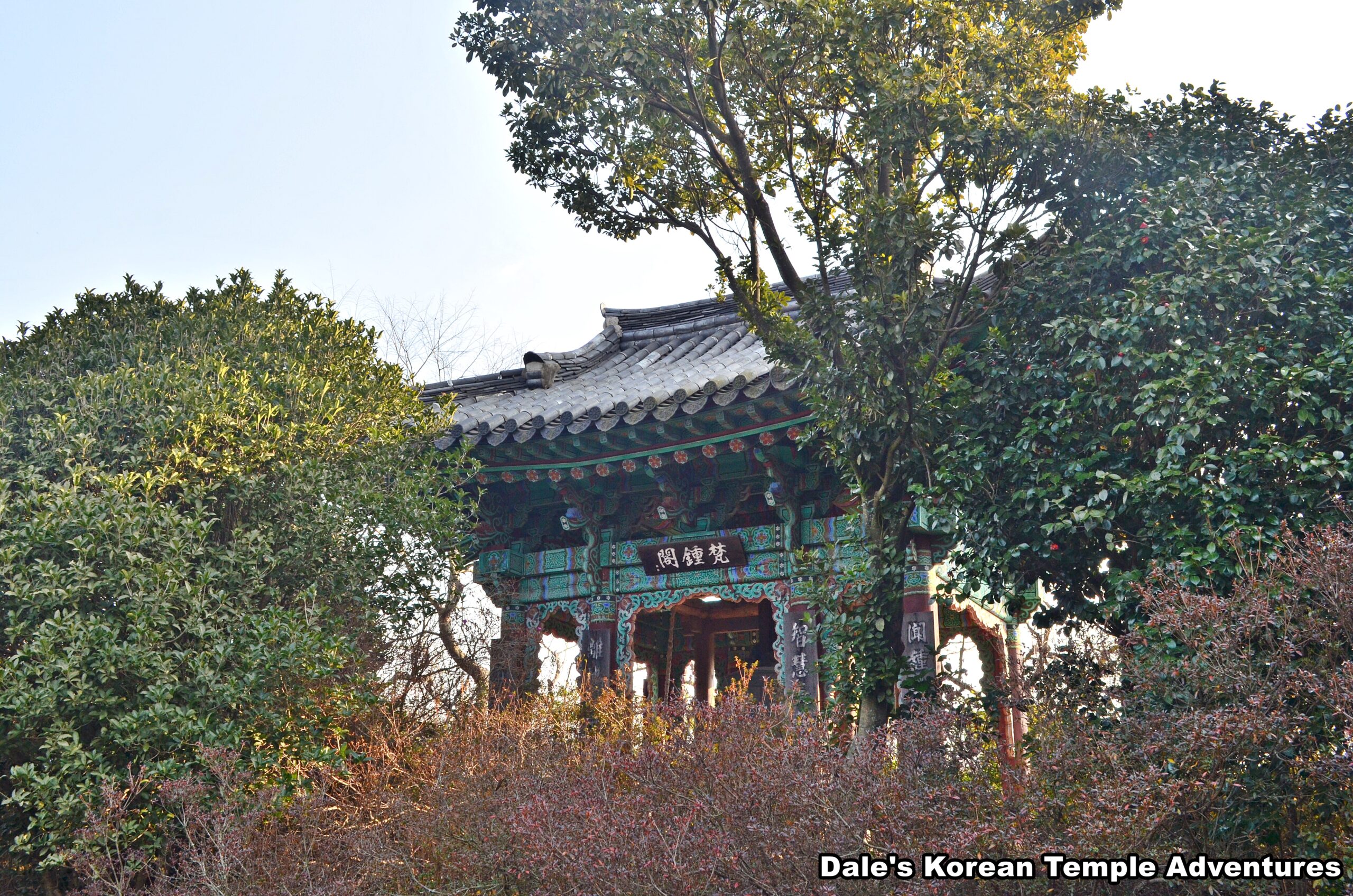
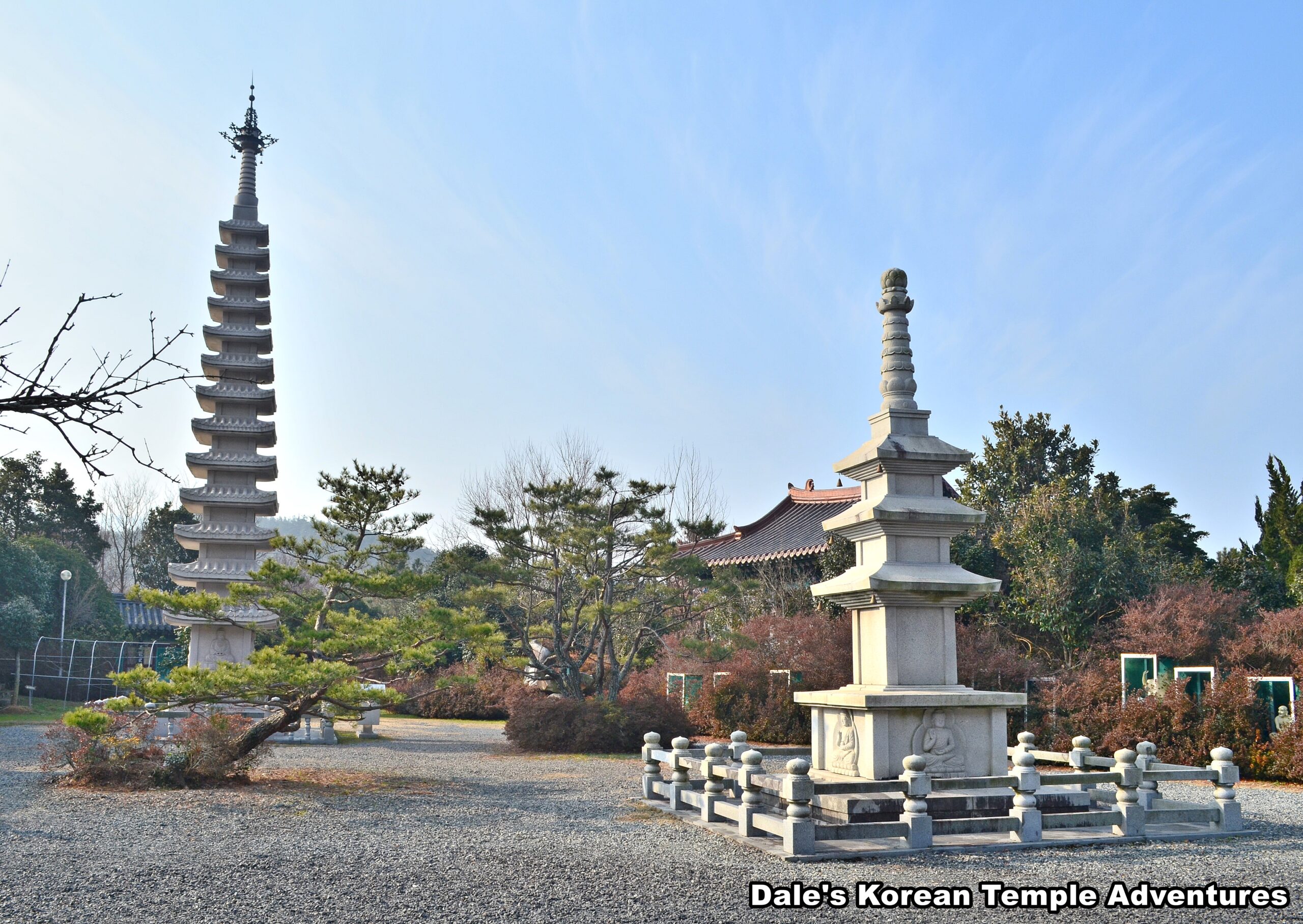
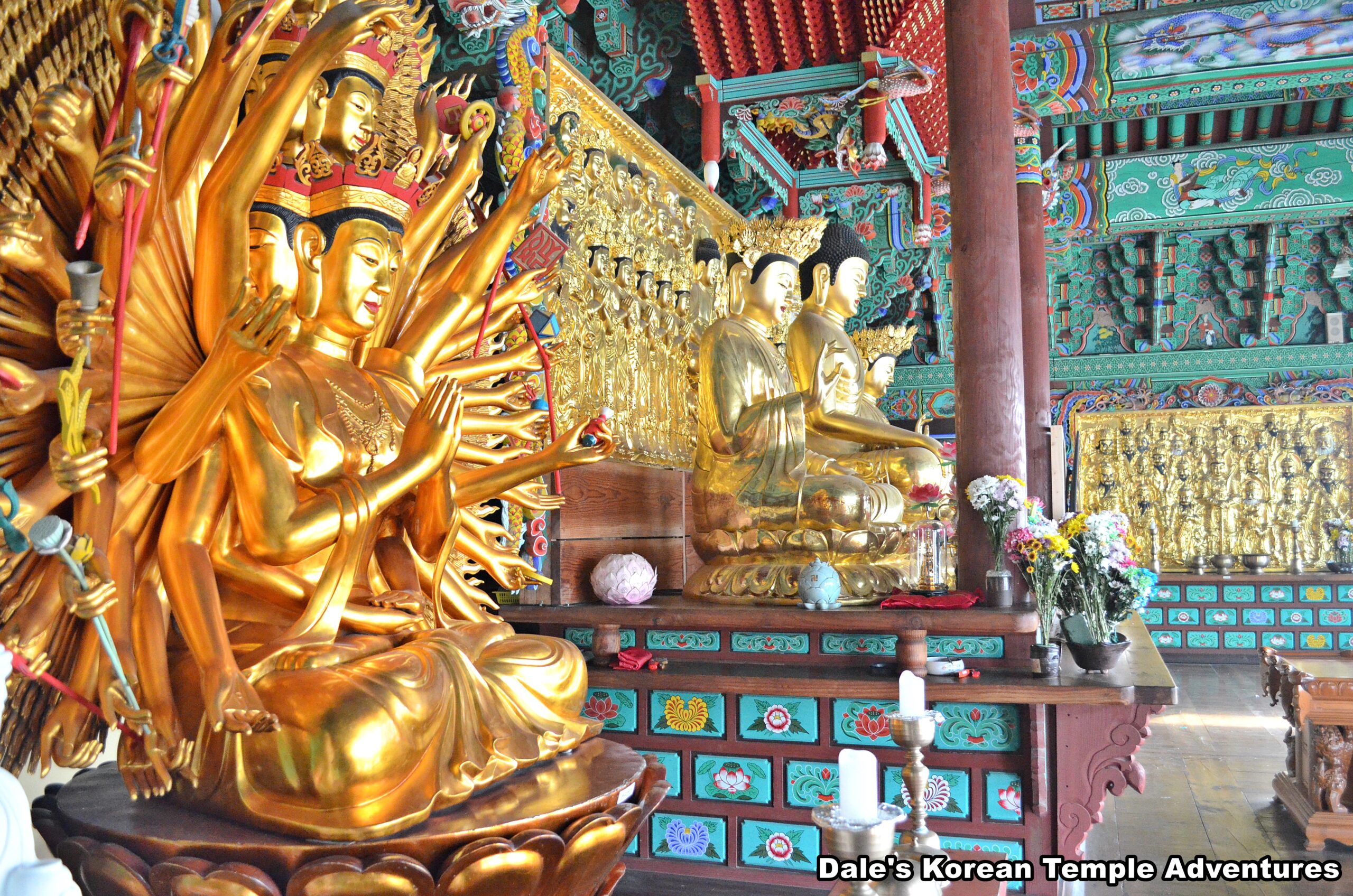
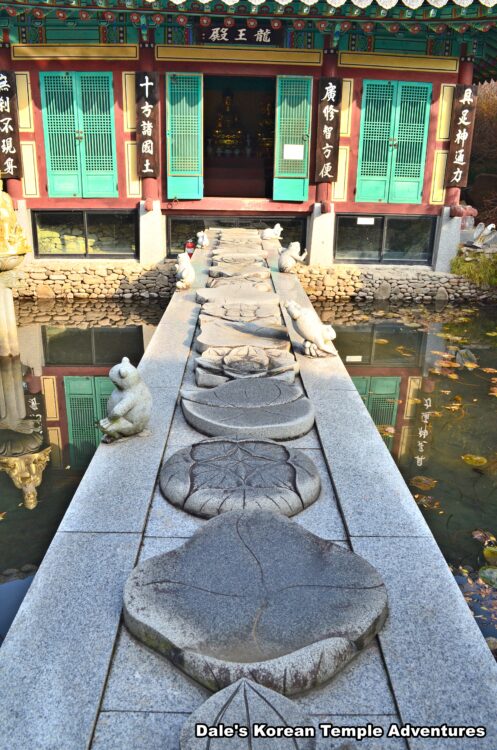
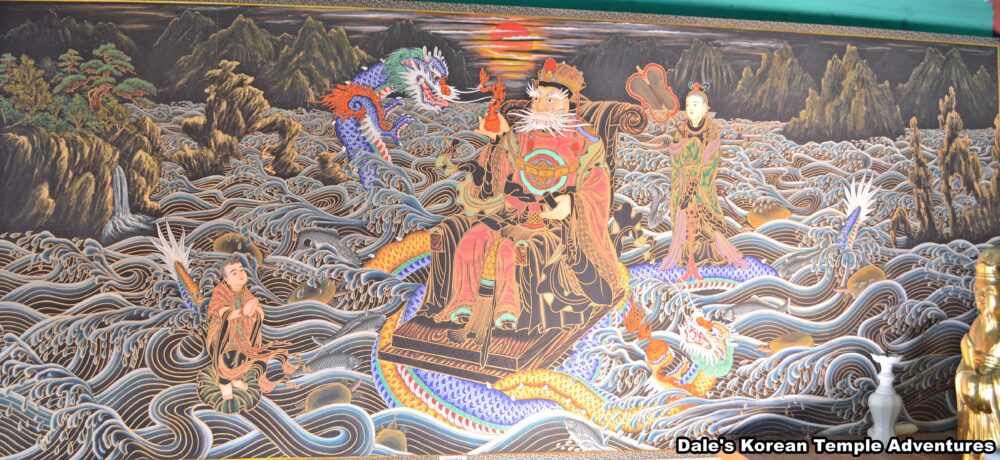
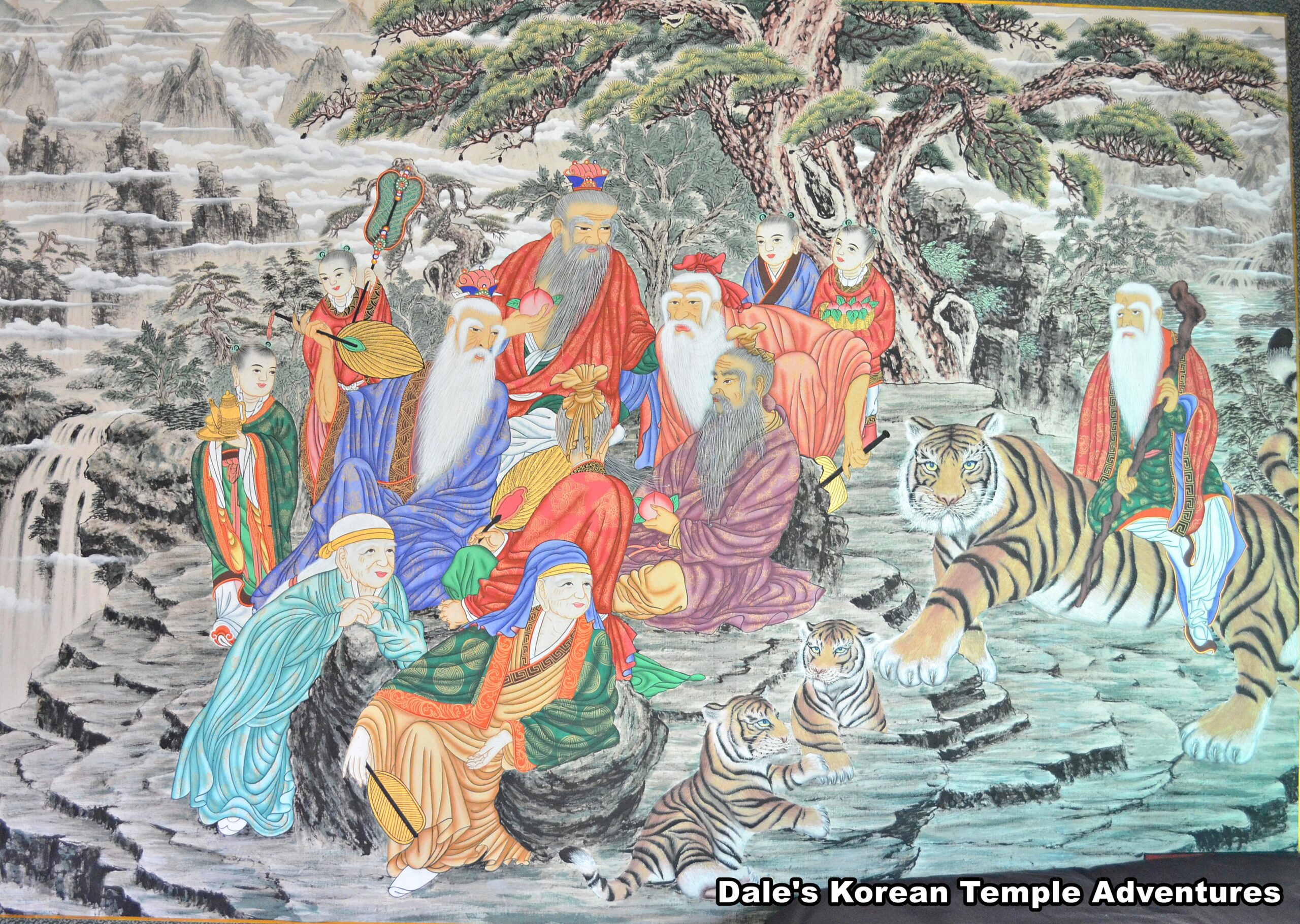
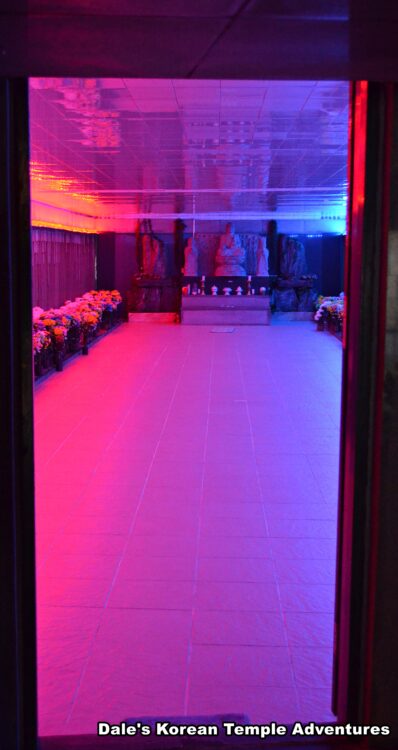
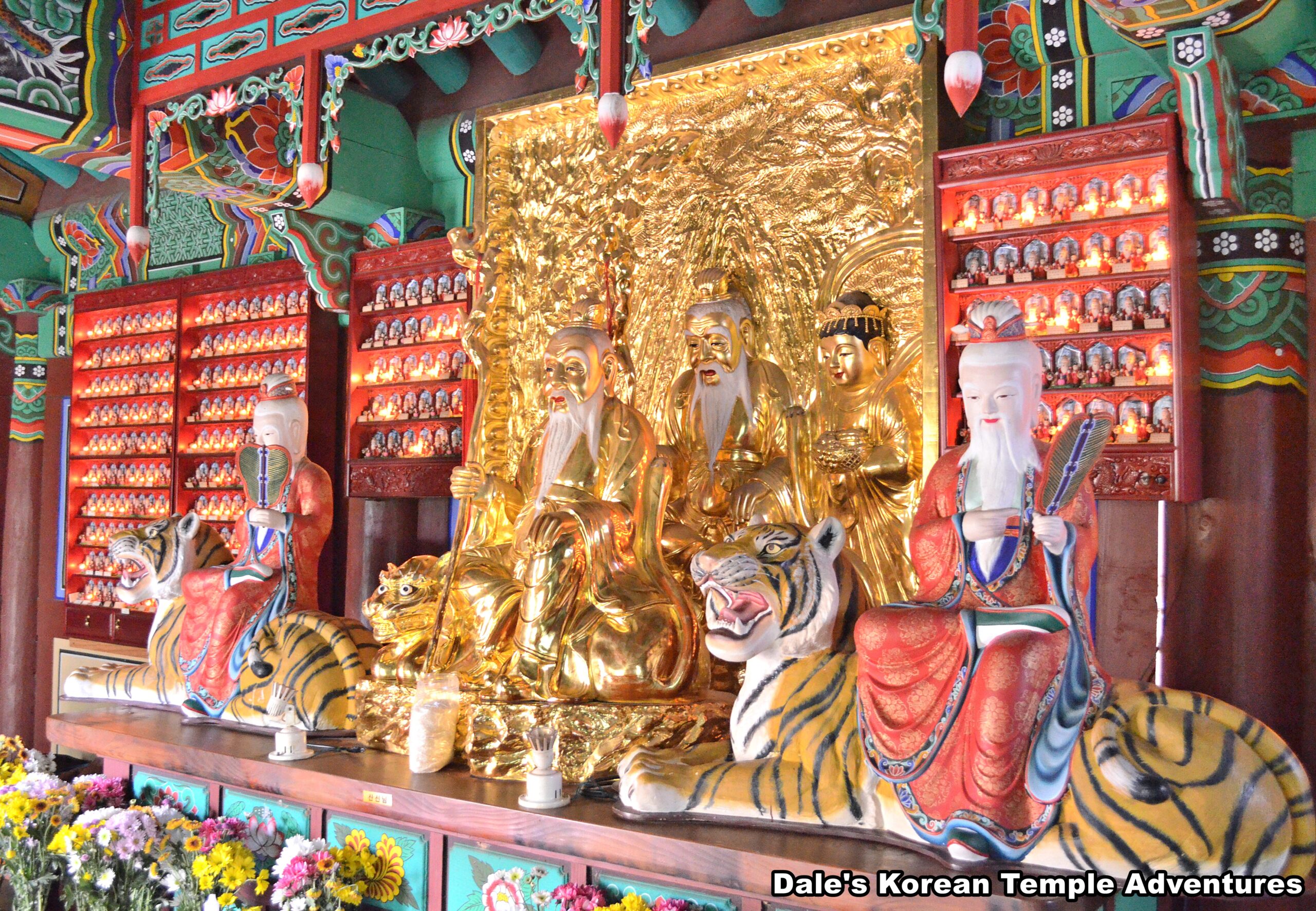

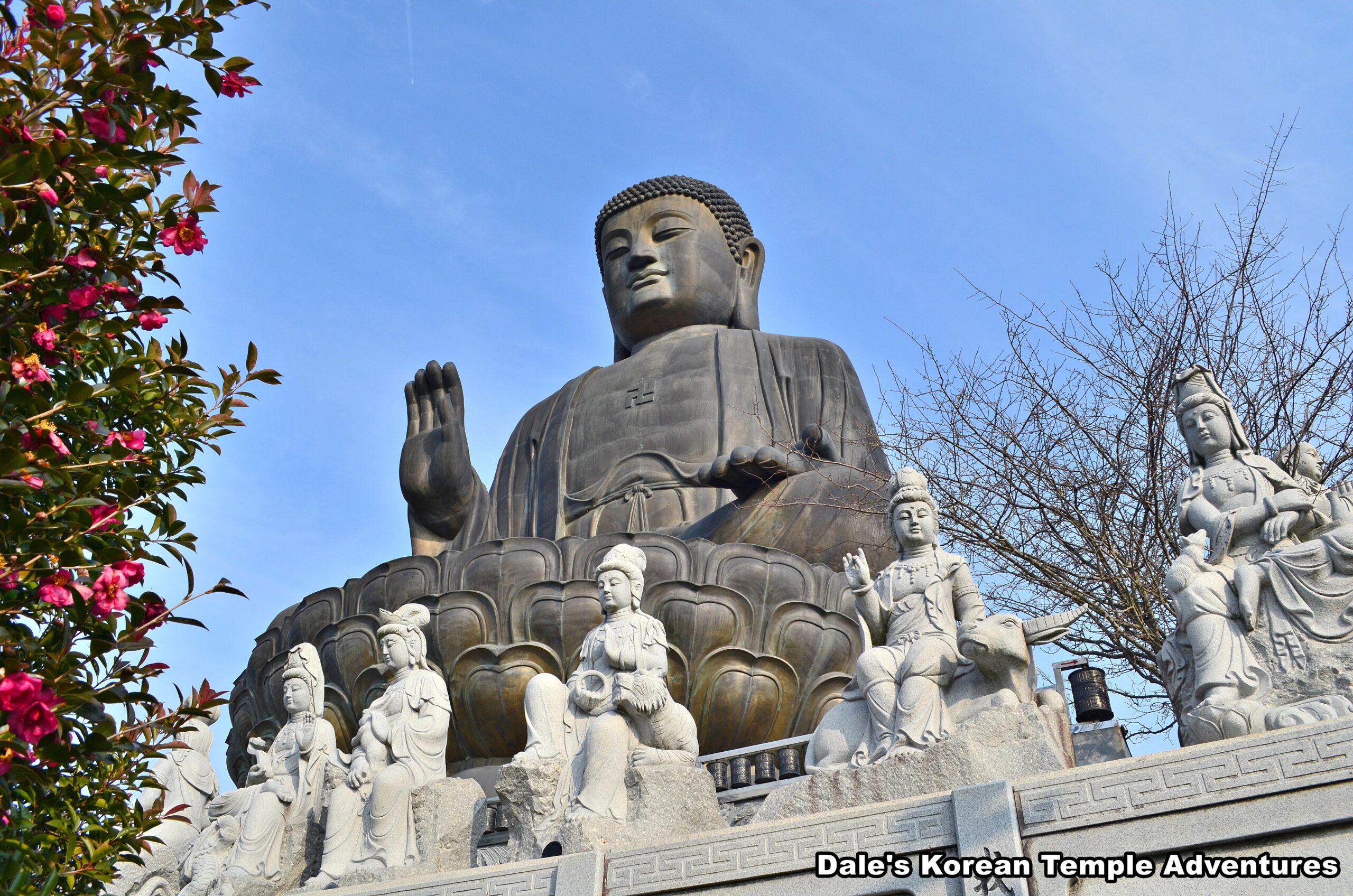
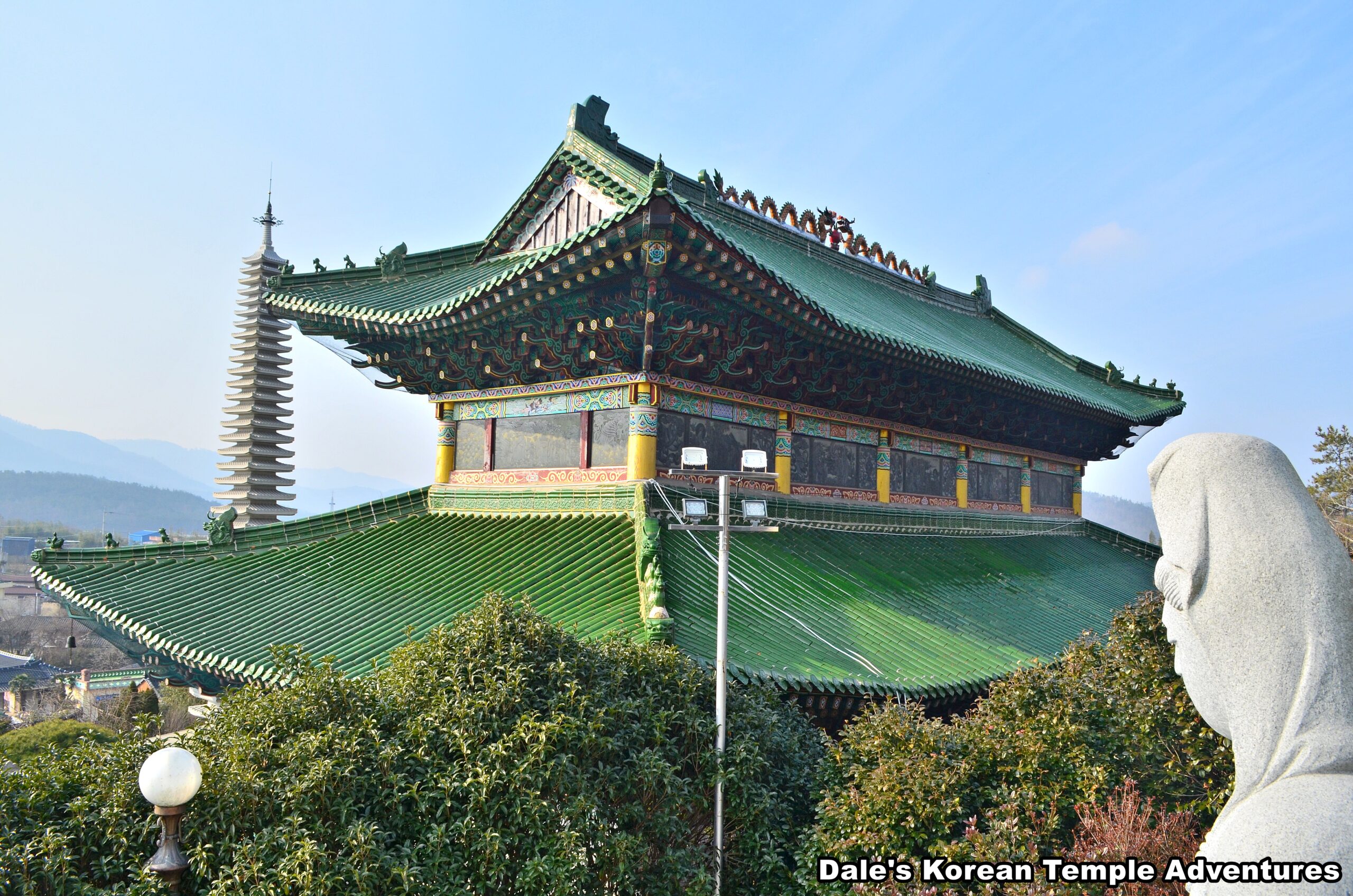
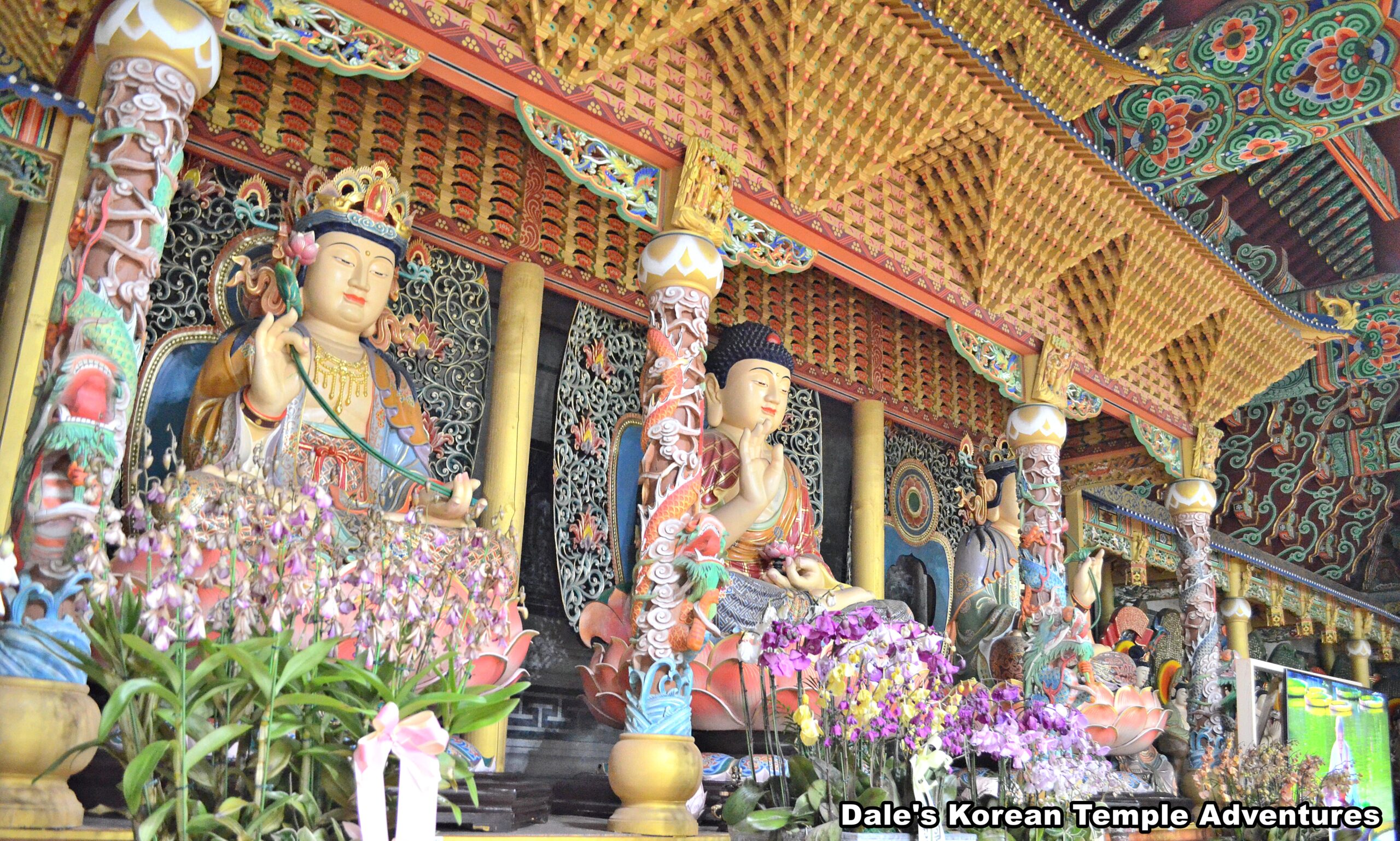
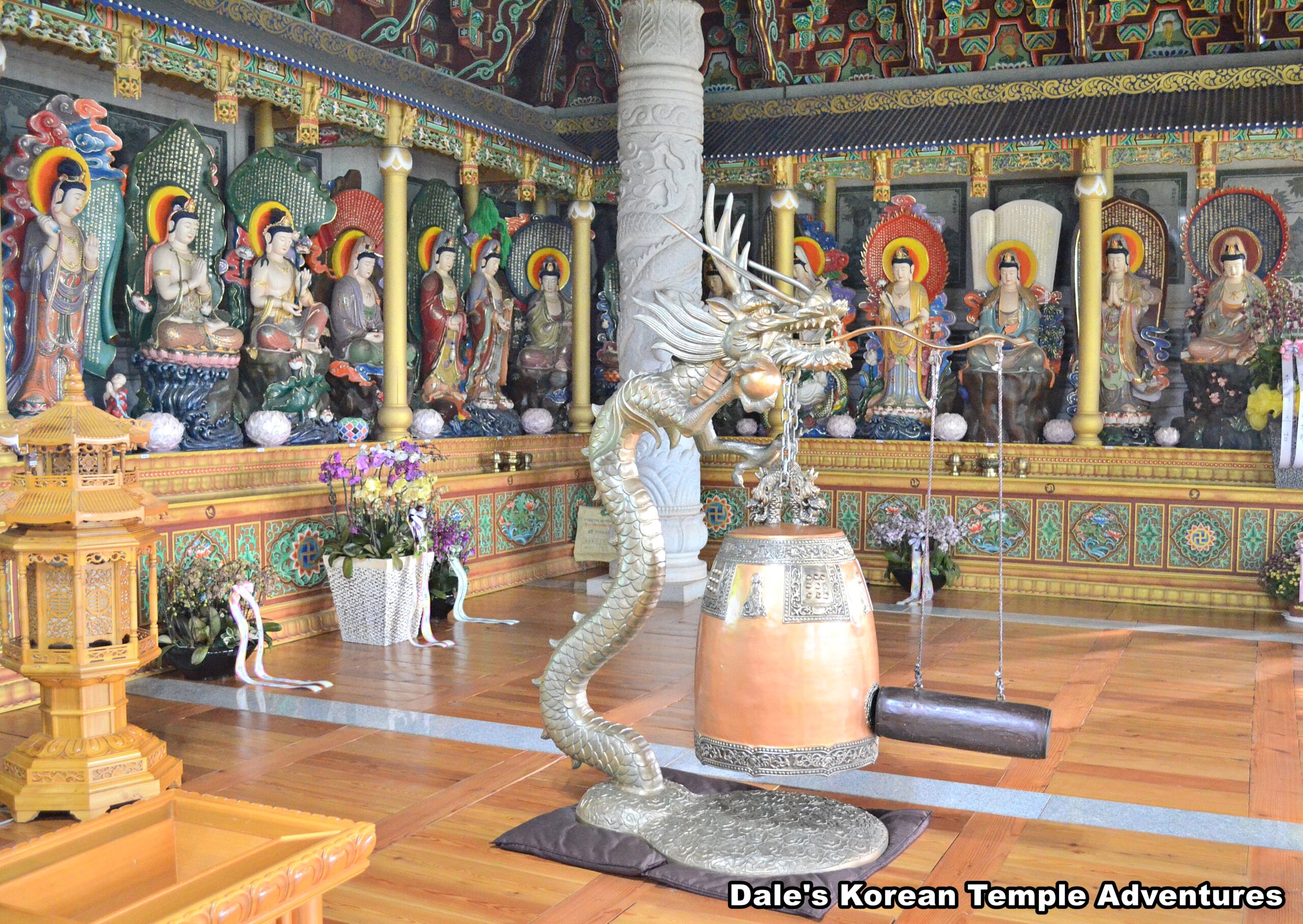
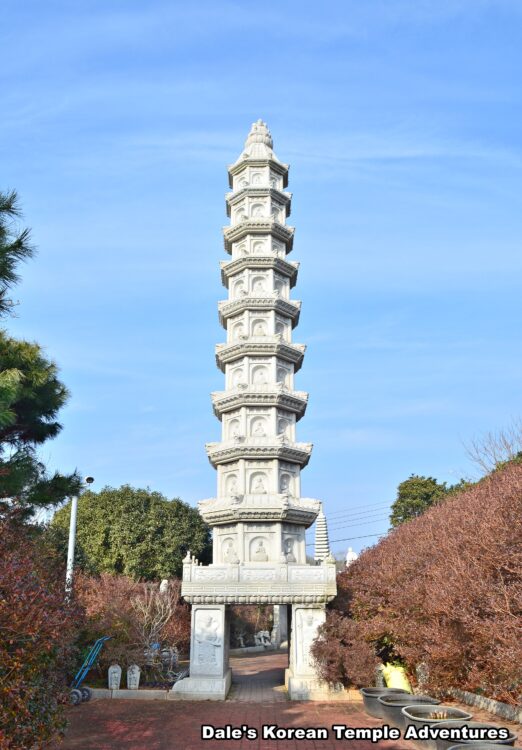
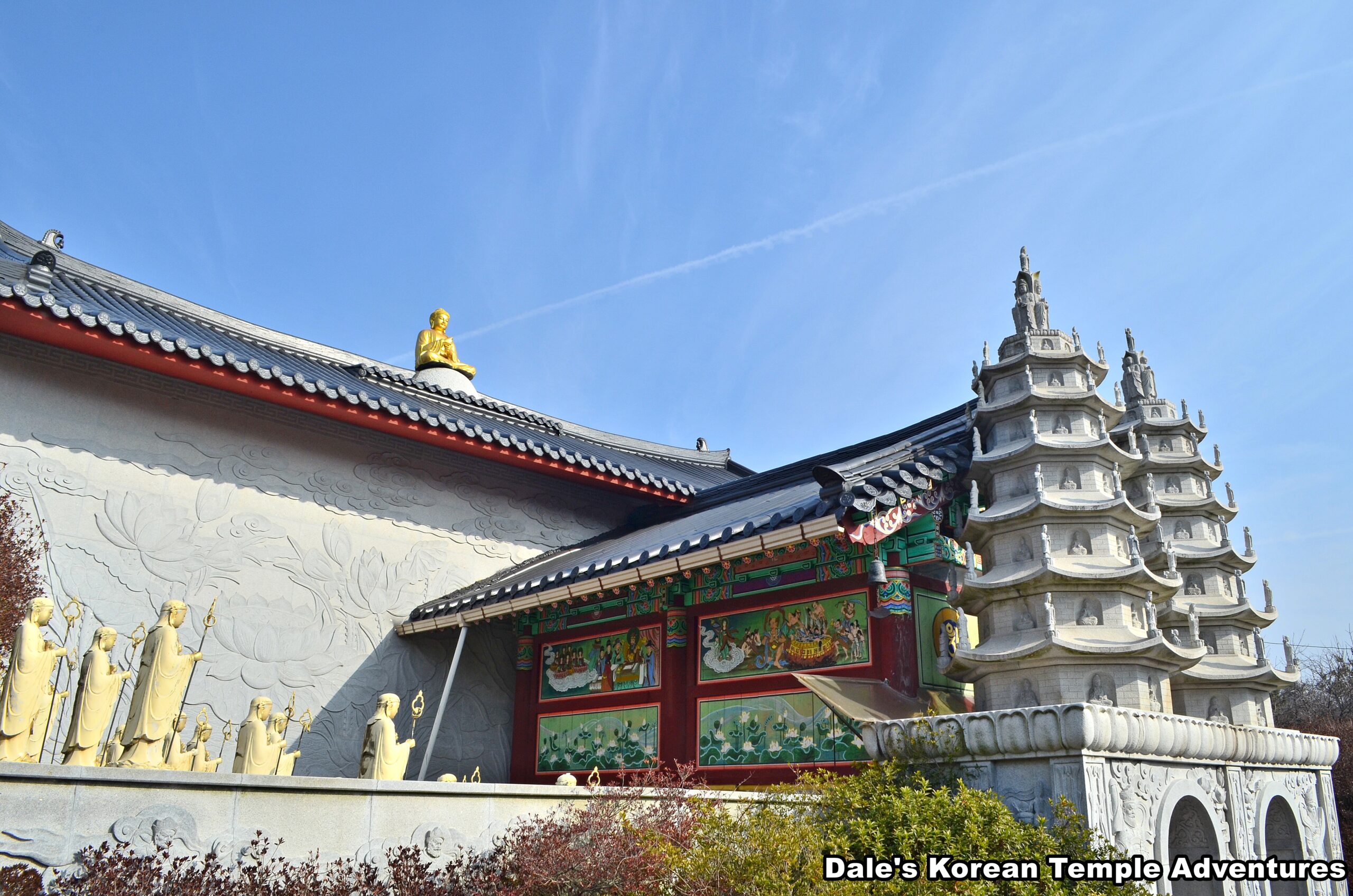
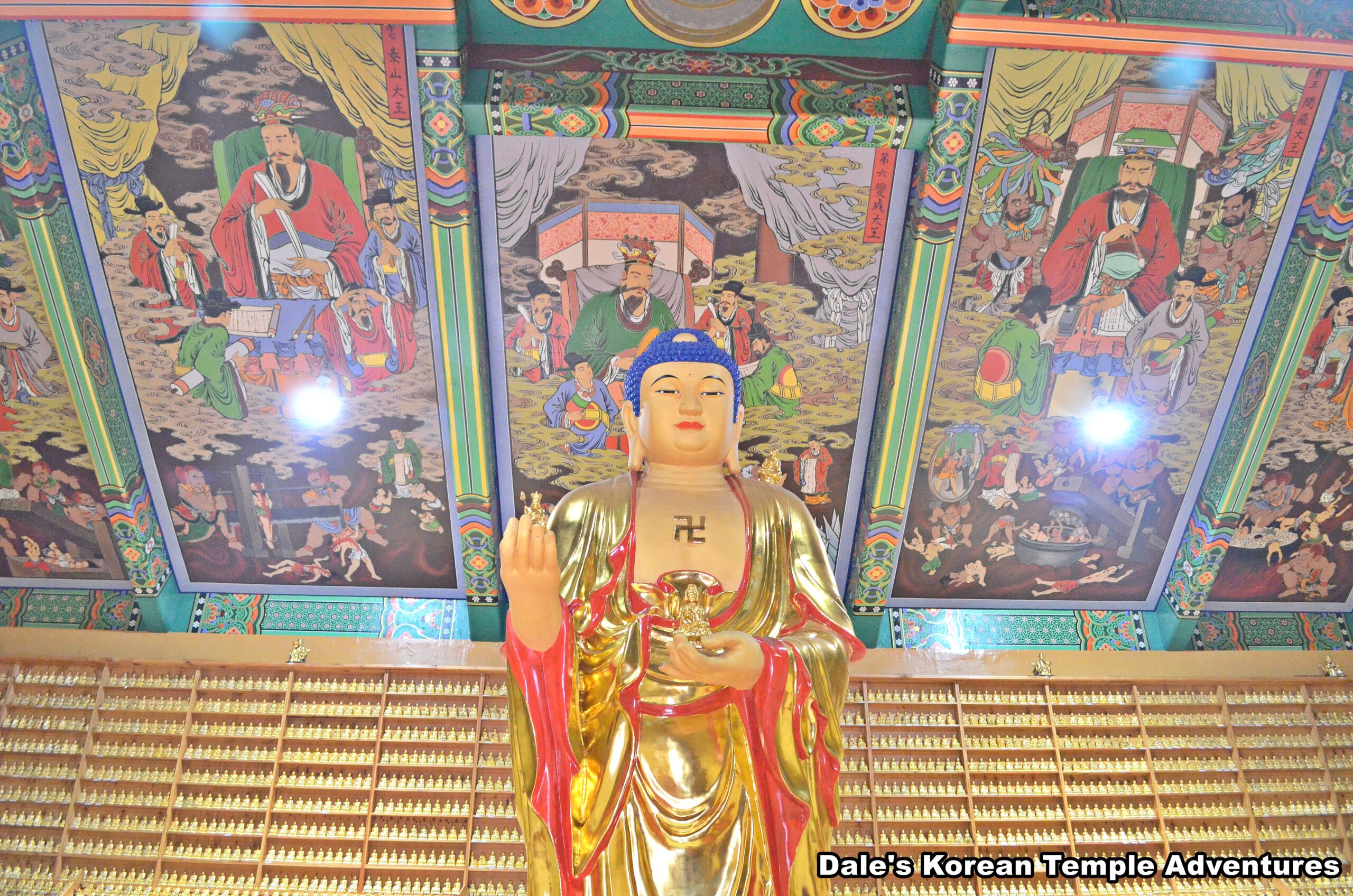
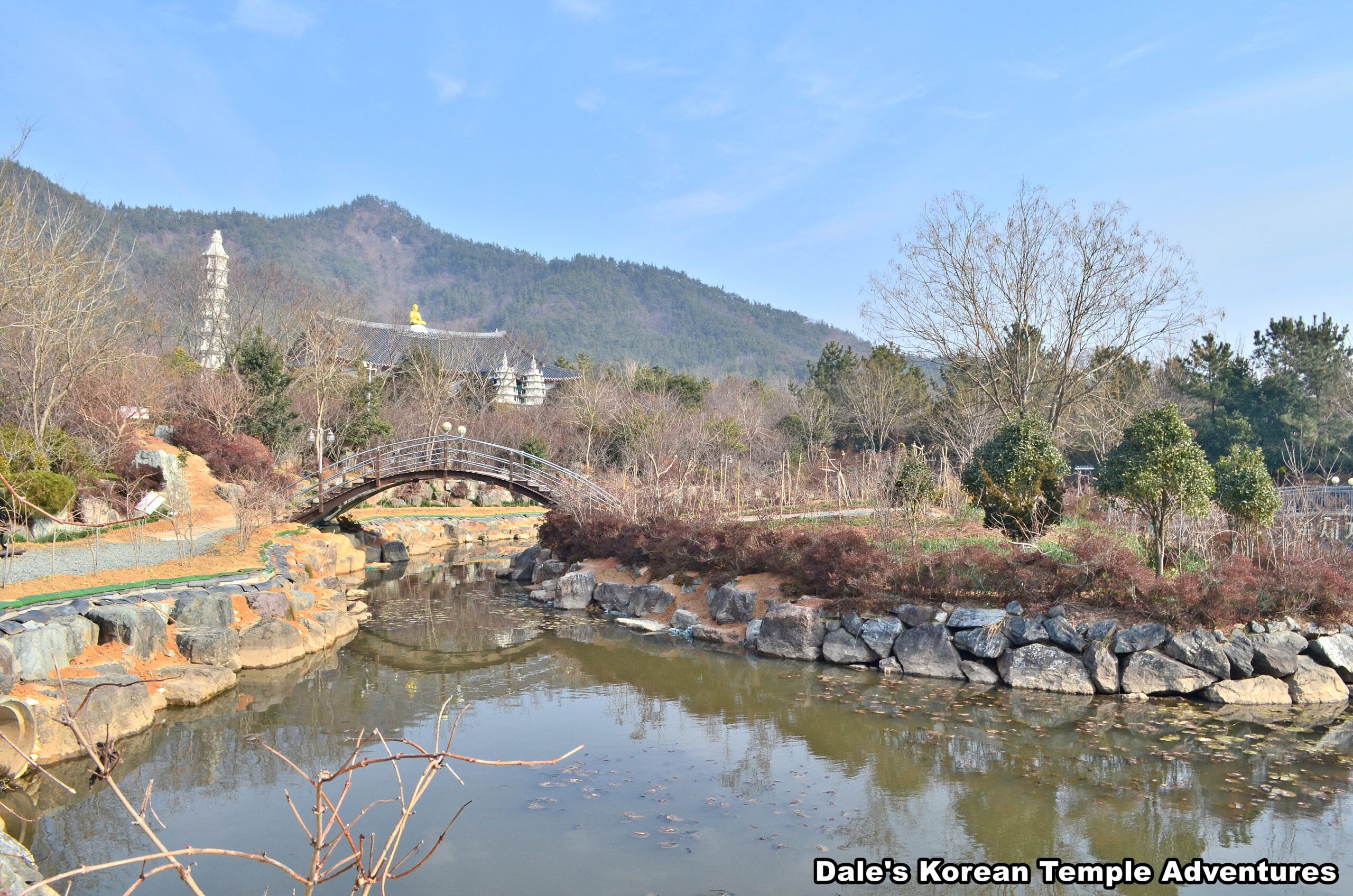
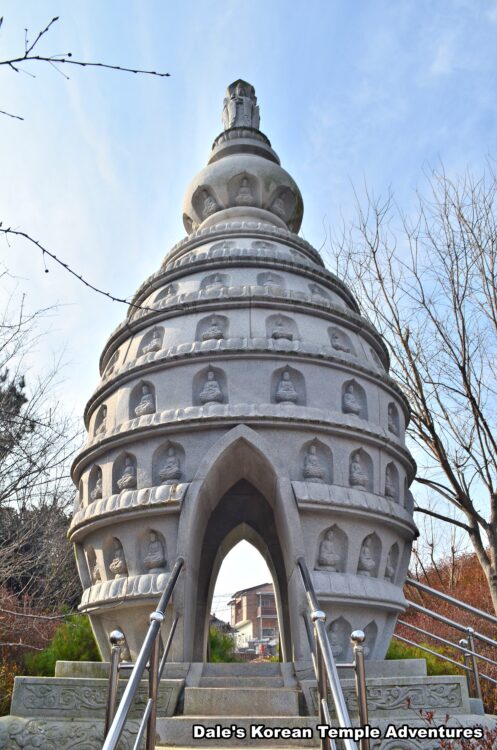


Recent comments